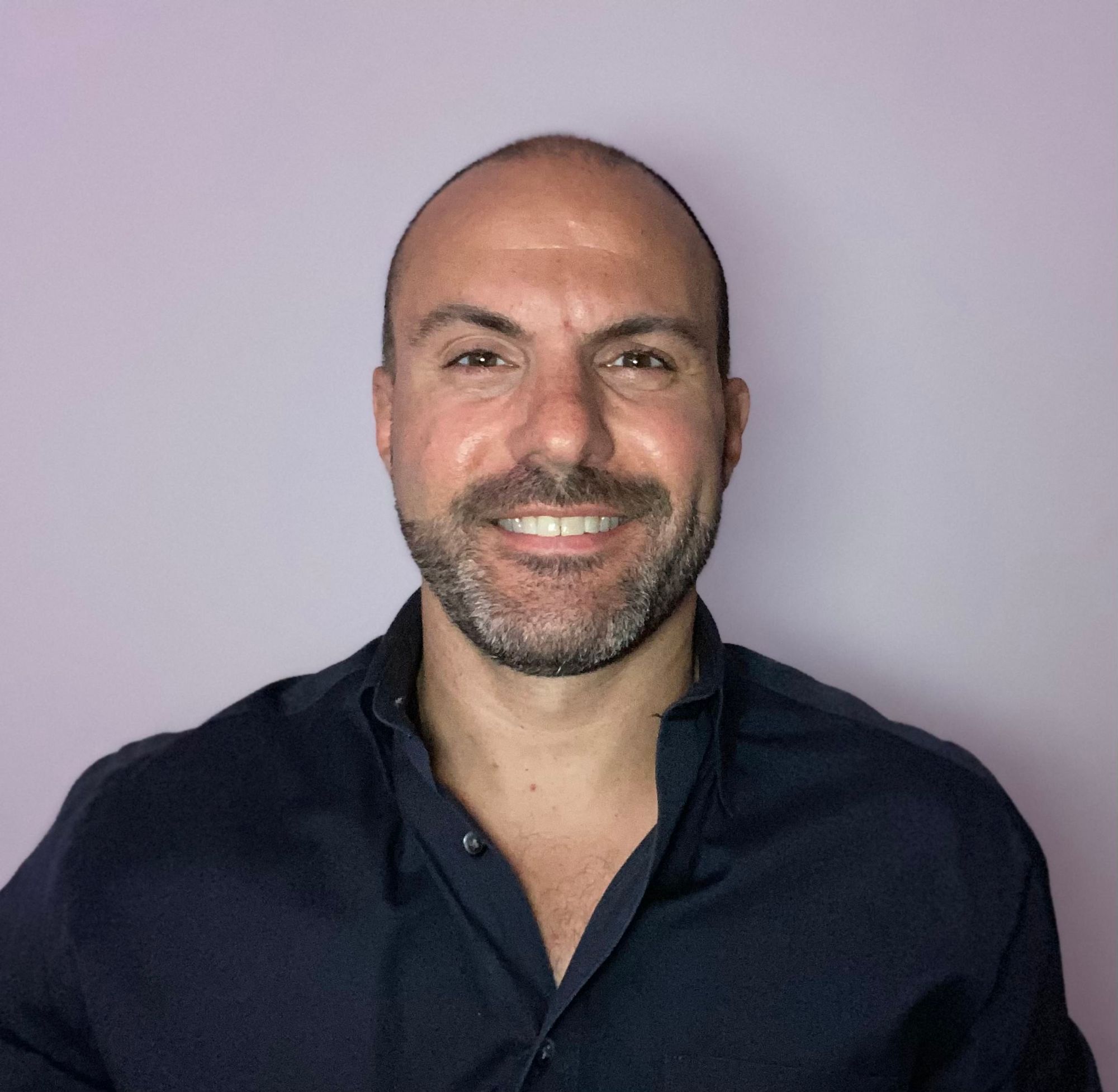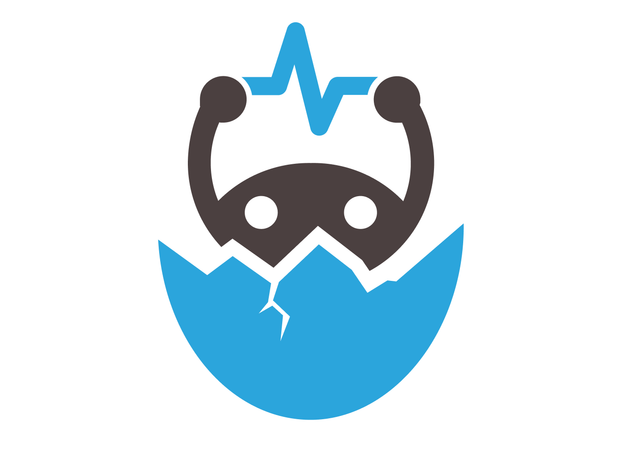It all started with an Excel spreadsheet and a natural human aversion to embarrassment.
Not exactly the origin story you'd expect for a sleek, AI-powered study app used by millions of learners all over the world, right? But back in the early 2000s, Andrew Cohen was just a frustrated dude living in Central America, manually inputting Spanish verbs into an Excel macro he’d hacked together in between working for the World Bank and recovering from sunburns.
He didn’t set out to build a global education company. He just wanted to stop feeling embarrassed by his crappy Spanish in front of all the important government officials and media he was rubbing shoulders with.
Fast-forward through many triumphs, rock-bottoms, and one scrappy team of cognitive science nerds and efficiency optimizers, and here we are: Brainscape, the ultimate study weapon.
So, how exactly did we get from being a clunky spreadsheet to a sophisticated study platform? Buckle up for a tale of trial, error, spaced repetition, and a surprising amount of cognitive psychology, told by Andrew Cohen himself...
Solving the Frustrations of Learning
Before Brainscape, I lived a very different life: one filled with statistical models and diplomatic cocktail parties. As an economist working for the World Bank, I was stationed in Panama on a high-stakes anti-corruption campaign. My job? Interviewing government officials and business leaders to uncover patterns of inefficiency, mismanagement, and outright sketchiness.
Oh yeah, and I had to do it all in Spanish.
Not tourist Spanish. Not "Dos cervezas, por favor" Spanish. I needed fluent, politically nuanced, legally airtight Spanish. The kind that lets you navigate tense interviews with a poker face and a perfect subjunctive tense.
The stakes were too high for awkward pauses or Google Translate. So I built myself a solution: a souped-up Excel macro that would quiz me—on a loop—using a clever little system I devised for reviewing difficult vocabulary just before I was likely to forget it. I filled it with legal terms, bureaucratic phrasing, advanced synonyms for “corruption,” and pretty soon... I was speaking Spanish like I had been born at a Panamanian press conference.
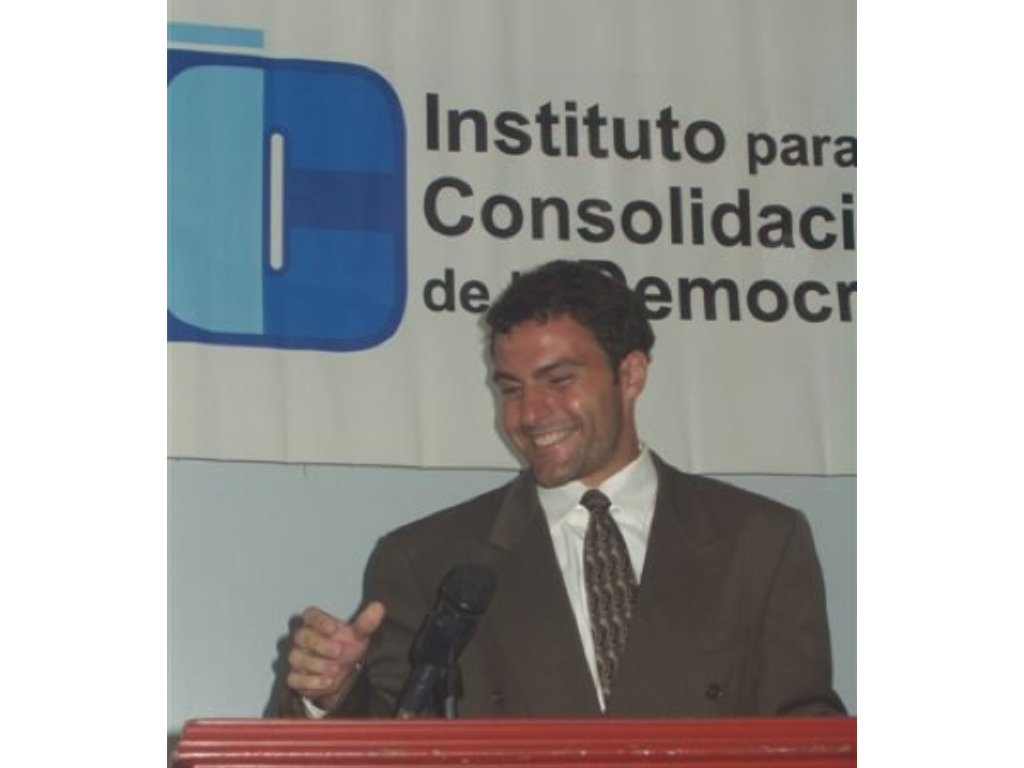
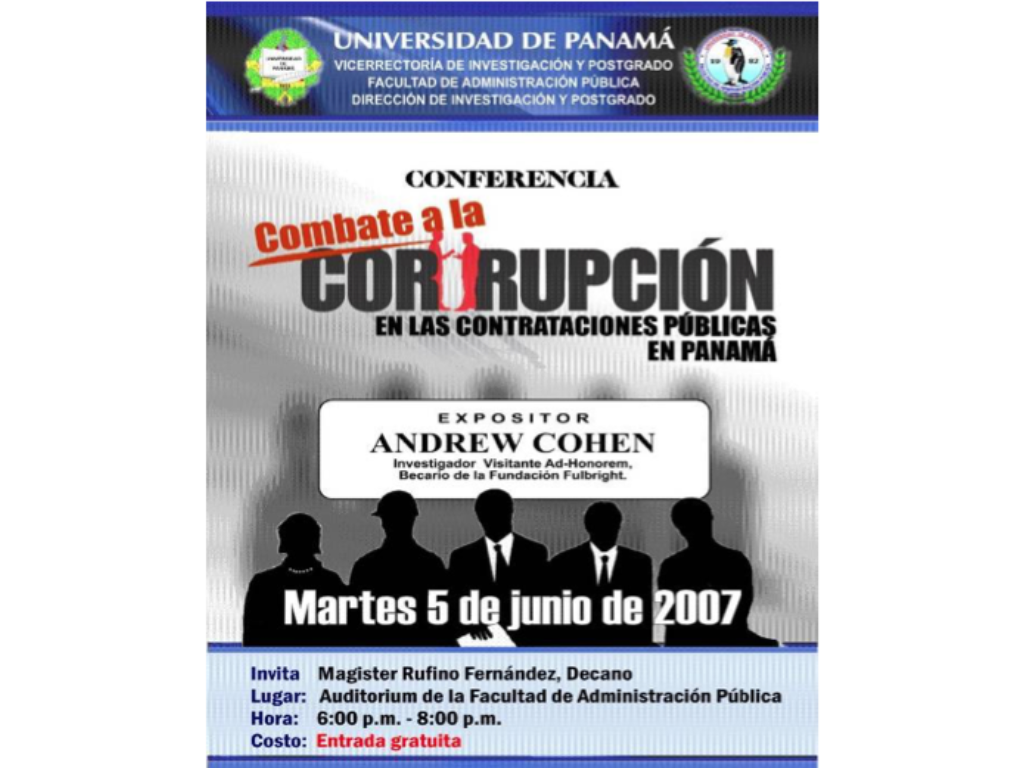
This Excel contraption wasn’t pretty. It didn’t have a logo. It didn’t have a loading screen. But it worked—so well, in fact, that my friends started asking for it to help them learn Spanish, too. I also started sharing it with some graduate students at the University of Panama, who repurposed it to study biology, political science, and other subjects. They’d just swap in their own Q&A content into two columns, and boom, they had their own customized study tool.
More than just being a study tool, it was a method; a new way of learning with deep roots in cognitive science—through spaced repetition, self-assessment, and ruthless efficiency. Before long, this weird little Excel file was bouncing around inboxes like a hot mixtape!
Thus, the successful prototype of Brainscape was born.
Transforming an Excel Sheet Into an App
I eventually gave this Frankenstein file a name: Study A.I.D., short for “Assessment Interval Determination”.
I know, real catchy.
The more I saw it help people, the more obsessed I became with understanding the why behind it. So, once my work in Panama was done, I packed up my life, enrolled in Columbia University’s master’s program in Education Technology, and turned my side-hustle Excel file into a full-blown academic research project.
The early lab results? Wild. After just 30 minutes of studying, students using my system scored more than twice as high on a test as students using traditional paper flashcards. Even better, it turned out that the learning benefits only increased when there was more content to study over a longer period of time.
That was the moment I realized: this wasn’t just a clever trick for memorizing Spanish. This could change the way humans learn.
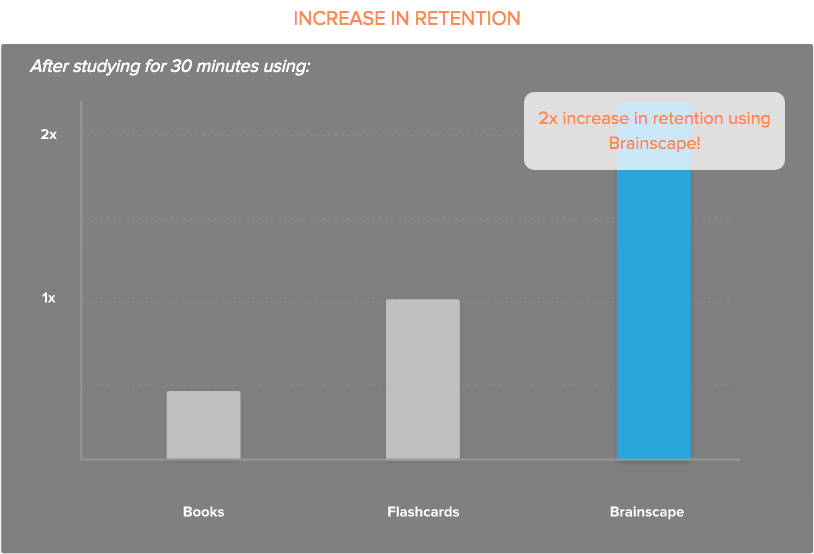
Once I’d proven that the science worked, I knew I had to give the product a name that didn’t sound like a vitamin supplement. So I ran a “naming contest” among friends and family. After months of voting and vetoes, the winner was submitted by none other than... my mom.
She called it Brainscape. And it stuck.
Love you, mom.
I called this learning method “Confidence-Based Repetition,” and I became consumed with the idea of scaling it to help people learning every subject on the planet.
But turning a prototype into a company? That was its own crash course.
I worked myself to the bone raising funds from friends, family, and anyone who'd spare 60 seconds to listen to my pitch. I started hunting for people to help me assemble my vision for a powerful study platform and met my co-founder, Jay Stramel (VP Systems Development), on Craigslist (yes, really). Then I met Andy Lutz (CPO) through shamelessly aggressive networking, followed by Jonathan Thomas (CTO) and Ron Cadet (VP of UI/UX).
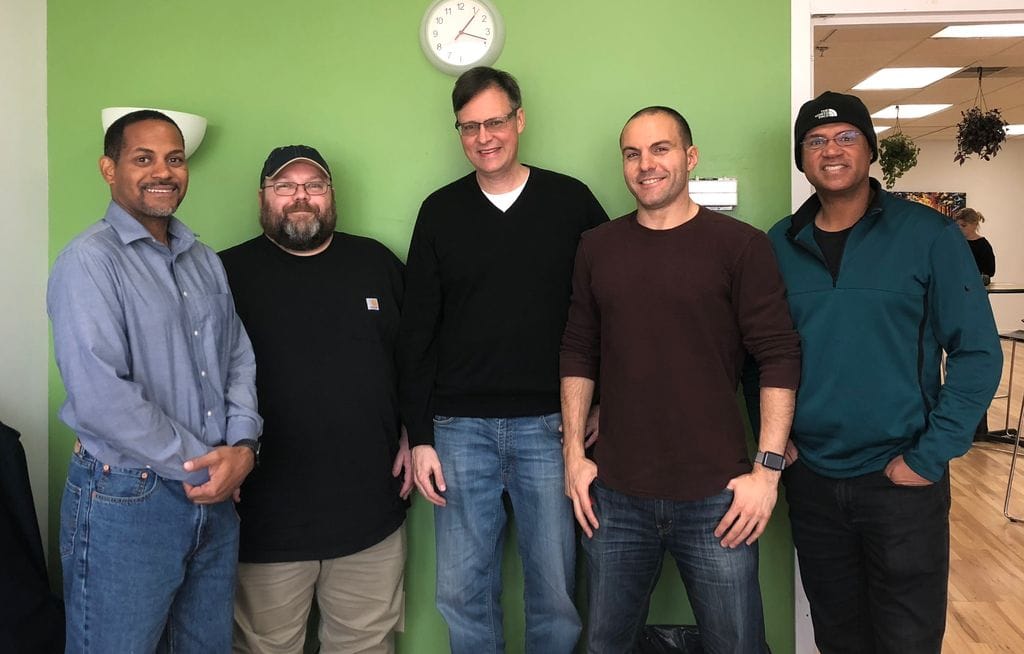
Together, we started building a real app. And then the rejections began...
Investors didn’t get it. “Flashcards?” they’d scoff. “That’s just a feature, not a business.” I didn’t have a startup pedigree. Mobile tech was evolving fast. And finding the right talent often felt like playing hopscotch in a hurricane.
But we kept going. We listened to our growing base of users. We studied how people actually learn. And we kept building out and refining the product until it became the Brainscape of today: the study app and platform that serves over 11 million users, studying hundreds of subjects and languages, in cities all over the world.
It’s been a long road—from a clunky Excel file in a Panamanian apartment to a global platform helping millions of learners accelerate their path to mastery.
And we’re just getting started.
So, what are you waiting for? Start learning faster today.
